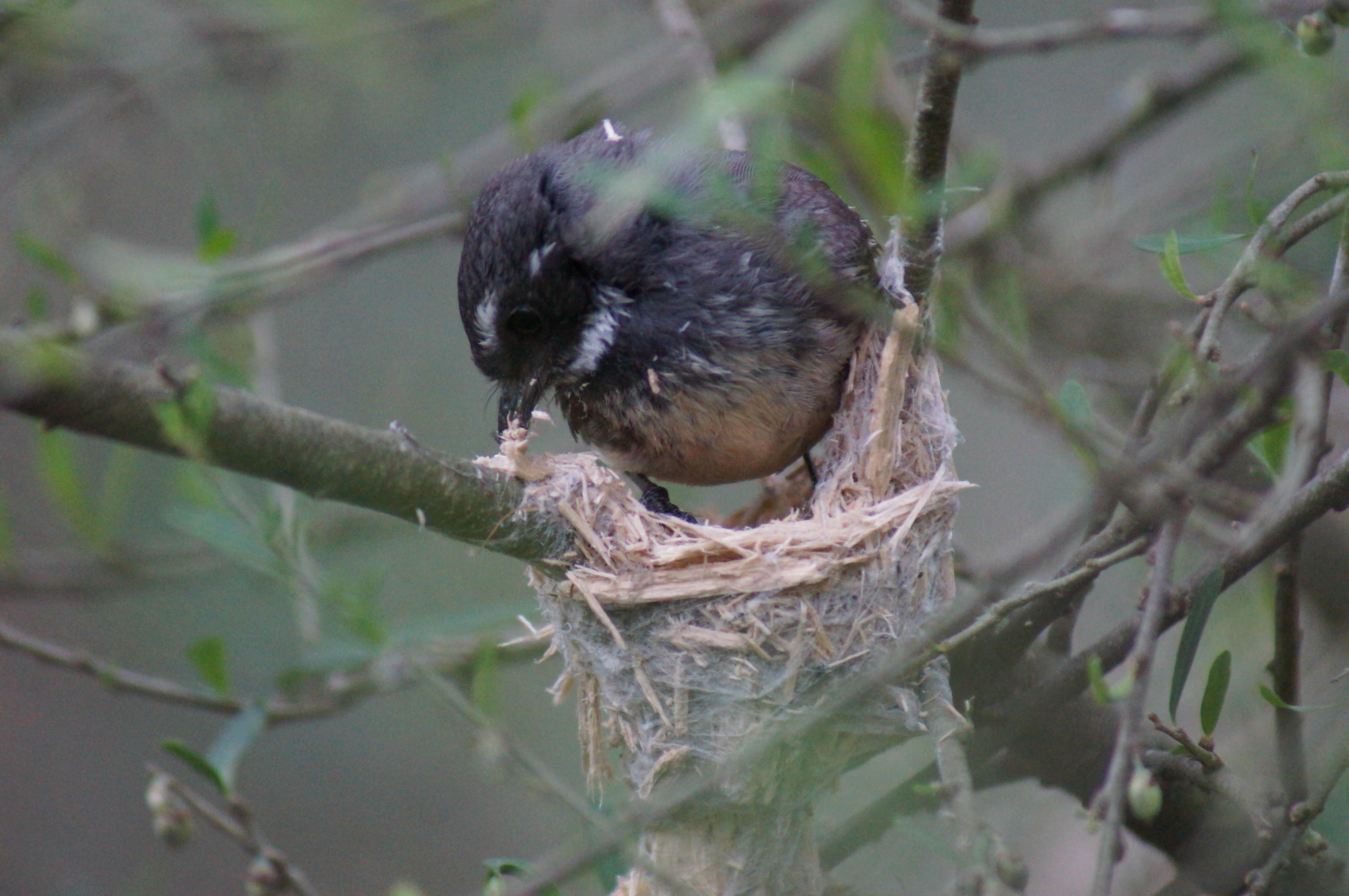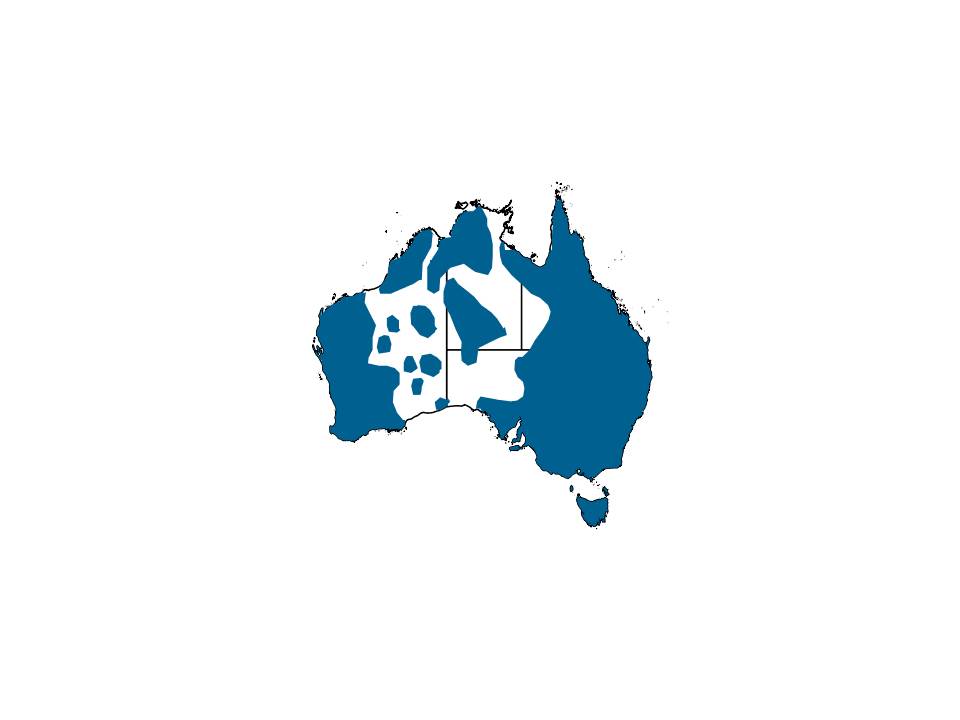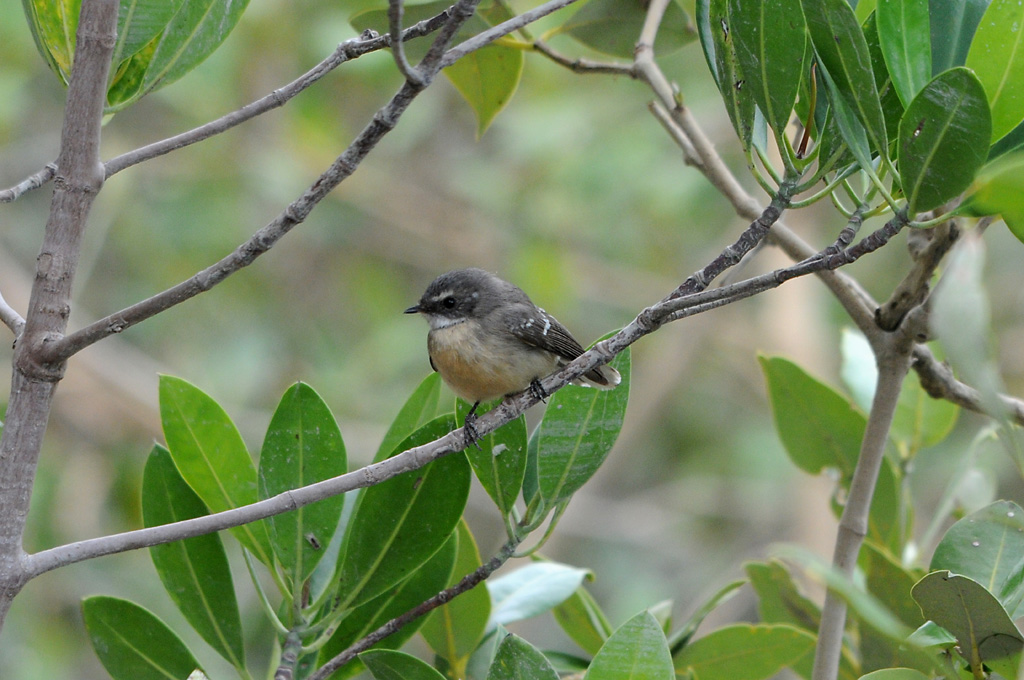Behaviour
Call
Tinkling whistles and squeaks, which may be repeated to develop a song.
Diet
Flying insects, which are caught in the air by chasing them, usually after launching from the edge of foliage of trees or shrubs. Insects may be caught at all levels of the canopy.
Movement
Agile but erratic flight with characteristic aerial twists and turns which make it easy to recognise. Many populations appear to undertake seasonal movements, with some migrating north during autumn and winter, and others moving to lower elevations during the cooler months.
Breeding
Both parents build the nest in the narrow fork of a tree, 2–5 metres above the ground; it is made of fine grass held together with spider webs. The bottom of the nest may have a long, tapering stem resembling a wine glass. Two or three spotted, pale buff eggs are laid and then incubated both parents for 14 days. Then both parents feed the chicks for 12 days, after which the young fledge.
Field Guide
Improve your identification skills. Download your Grey Fantail field guide here!





